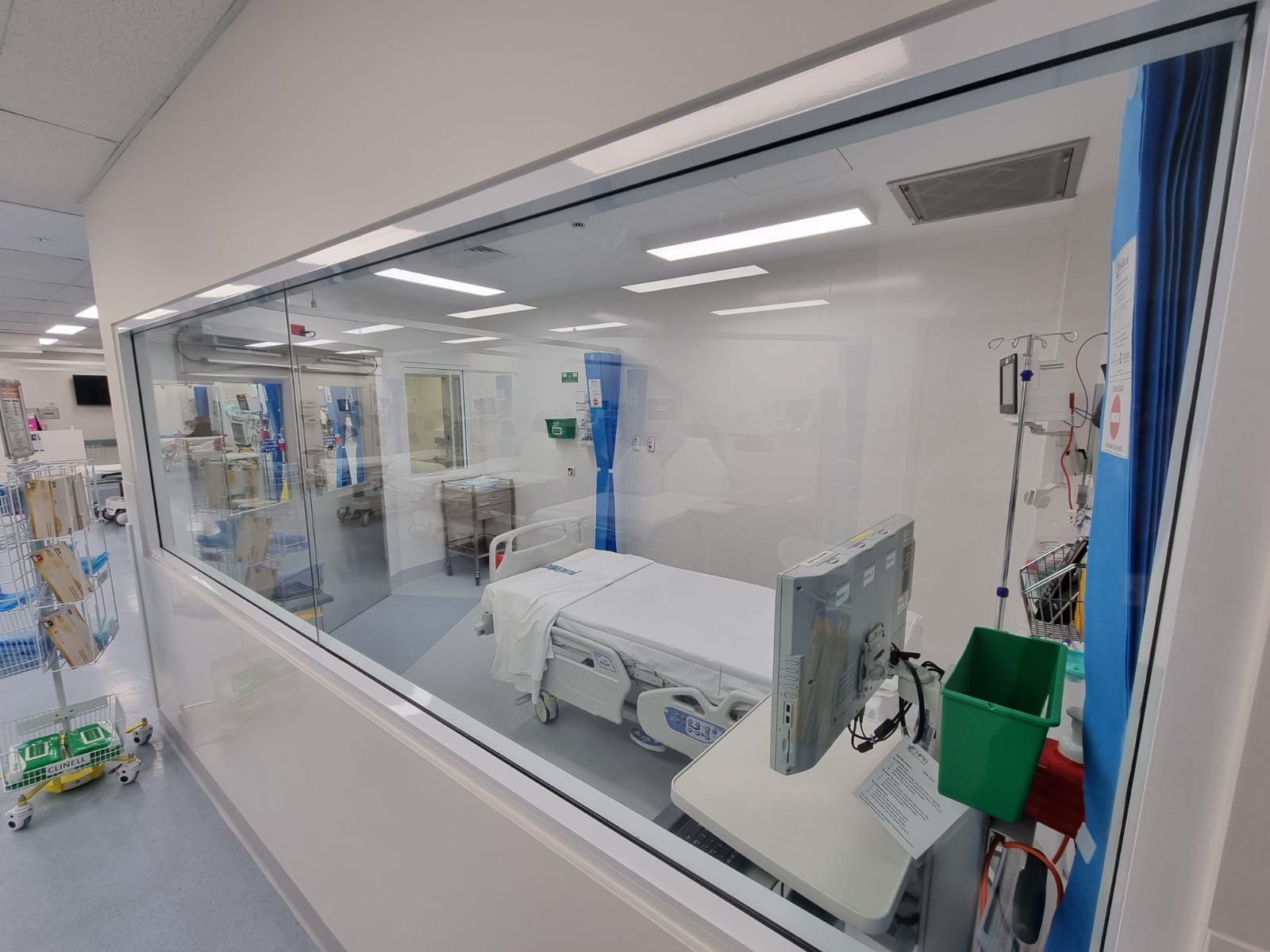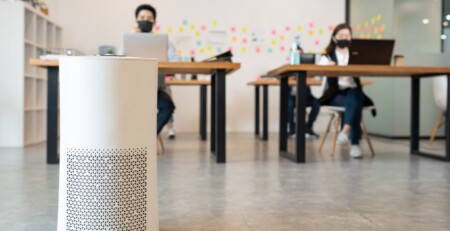How HVAC engineers are helping hospitals prepare for the next pandemic
We’re still grappling with the impacts of Covid-19 which makes it hard to believe we’re already preparing for the next pandemic. And because our health systems have been a key focus since the pandemic swept the world, future planning includes examining how we fortify our hospitals for a future event.
Engineers are turning their attention to Heating, Ventilation, and Air Conditioning (HVAC) systems, patient room designs and ventilation in healthcare facilities to combat the next infectious outbreak.
But first, we have to unpack the lessons hospitals have learned so far from the coronavirus.
What has Covid-19 taught us about infectious disease?
We now know the virus is spread by close contact with an infectious person, long range contact in a poorly ventilated or crowded setting, or touching objects or surfaces that have droplets from an infected person and then touching your mouth or face.
We adopted measures like hand hygiene, mask wearing and social distancing. And we overhauled indoor ventilation systems to control the spread of infection.
The role of HVAC systems in hospitals
HVAC systems play a key role in hospitals. They provide thermal comfort, manage odours and improve the quality of indoor air we breathe.
They also help reduce the transmission of airborne diseases.
In examining the lessons learned form Covid-19, NSW Health recognised the design of HVAC systems in the state’s public hospitals was consistent with international and Australian standards, providing “excellent ventilation and filtration to manage airborne pathogens.”
As a result of the coronavirus outbreak, most hospitals adopted G4/F8 filters capable of capturing up to 95% of Covid-19 particles. HVAC filtration systems were key in removing airborne pathogens before they entered clinical rooms or after being returned via the duct and exhausted outside – preventing transmission of the infectious disease.
And HVAC systems were engineered to use negative pressure in isolation rooms to prevent contaminated air from exiting the room and optimising ventilation to manage the risk of transmission.
Future proofing our hospitals against the next pandemic
Turning their attention to the future, NSW Health considered three options to decide how HVAC systems might be configured in new hospitals to combat a fresh pandemic: change nothing, increase the ceiling space to optimise air flow and exhaust air so it’s not recirculated, or completely overhaul the current ventilation design at significant expense.
It settled on the second option: making minor, low cost changes to selected spaces to make allowance for a future pandemic. Is this enough? NSW Health’s ventilation panel says yes. It would address the issue of airborne transmission while also being the affordable and sustainable solution.
It added that expending millions of dollars to significantly change current hospital designs for a future pandemic that may not occur for many years would mean engineering systems would sit idle without use and this was not a good return on investment.
We’re working to protect our healthcare workers, patients and the public
Ausmech Air is proud to be recognised as a leader in the design, installation and maintenance of HVAC systems in healthcare settings. Speak to us about optimising your commercial air conditioning system and maintenance to contain the spread of bacteria and viruses.








